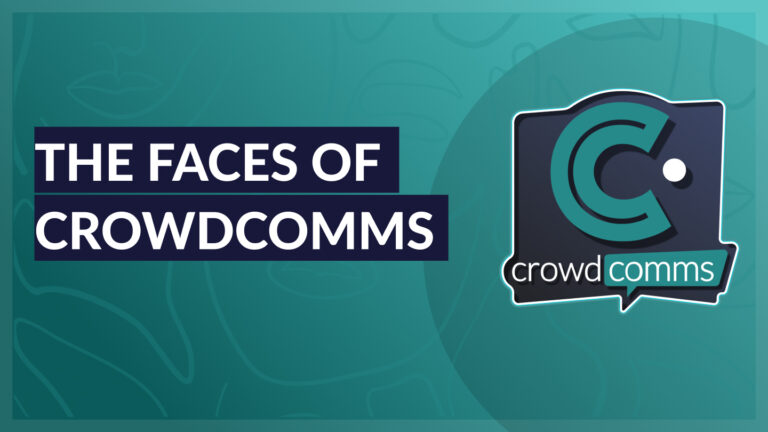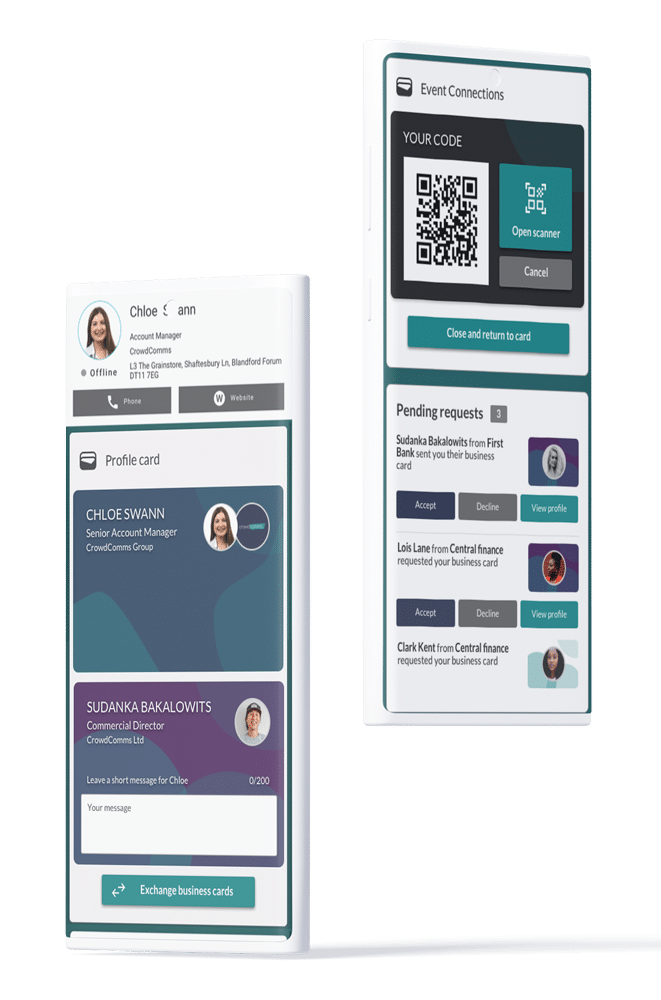Written by Alexander Lewis-Jones.
“The people alive now, the generation to come, will look at this conference and consider one thing. Did that number stop rising and start to drop, as a result of commitments made here?”
The above quote is taken from a speech delivered by Sir David Attenborough at the COP26 climate change conference in November 2021. “That number” is the global average temperature rise since pre-industrial levels. The aim is to limit this rise to 1.5°C. We have already exceeded 1.2°C and are on course to exceed the 1.5 limit within decades.
Attenborough’s words were directed at the 120+ world leaders gathered in Glasgow. But it, among dozens of other inspiring speeches, had a reach far wider than the conference centre walls. A collective call to climate action has rippled out from Glasgow across the UK.

So, how should your business respond to this? How do you as a business leader answer the call to climate action?
At Other Way, we help businesses navigate this question. As a climate consultancy specialising on transport, I must use the analogy of a journey to explain how any organisation can start its adventure into tackling climate change. Here are five key thoughts…
1. Where are you now?
Before doing anything, every business must understand its own climate impact. Working out your current annual greenhouse gas emissions gives a baseline against which we can measure future performance.
If you have never counted up carbon dioxide equivalents before, this can be a daunting task. The good news is there is plenty of quality advice freely available on the internet and a booming world of carbon consultants that can help audit your business for you.
Top tip: don’t be put off if you don’t have perfect data to hand. Nobody does. Begin with the best estimates you can achieve, and work to improve that over time.
2. Where do you want to go?
Once we know where we are starting from, you then need to decide on the destination.
The trend at the moment is to publish a strategy to become “net zero”. “Net zero” means achieving a balance between the sources of greenhouse gas emissions and the sinks (such as offsetting through tree planting). Becoming net zero by 2050 aligns your business with the commitments of the Paris Agreement but there is considerable opportunity to exceed that.
In developing your net zero strategy, you need to decide on:
Deadline year – when will you have achieved net zero by?
Pathway – how are your emissions going to drop from your baseline to zero?
Balancing – how big a role will sinks and offsetting play in achieving net zero?
Top tip: start by looking at the UK Business Climate Hub – a COP26 campaign compiling tools from top climate consultancies and charities. The most honest and ambitious corporate strategies adopt the principles of Science Based Targets, an initiative that offers considerable guidance for businesses.
3. Your first steps of the journey
Once you have your emissions baseline and have your strategy in place, start making your first short-term interventions.
Top tip: initial actions may be things you can quickly avoid doing which don’t impact operations. For example:
Do I need to fly to that meeting or can we hold it effectively online instead?
Do I need the office open and heated at evenings and weekends if we can find a smart way to power down?
Do I need to send out desk calendars for our clients next Christmas if people are saying they are not being used?
You may find these involve additional cultural or behavioural changes but long-term these may be among the more effective interventions.
What about for those working at home?
It can be hard for businesses to support employees who are working from home during the COVID-19 pandemic. Here are some tips for cutting emissions immediately:
Space heating: only heat up the area that you are working in, not the whole house. A hot water bottle on the lap can keep you warm for hours.
Layer up: you have access to your whole wardrobe at home, so make use of it. An additional vest or t-shirt may allow you to drop the thermostat a degree without losing comfort.
Kettle culture: only fill the kettle with what you need. Making two mugs of tea? Fill the kettle directly from the two mugs rather than guessing (we tend to overestimate quantities when filling from the tap).
Switch off: turning appliances off, such as laptops, screens and printers, when the working day is done, saves energy. It also helps maintain work-life balance.
While a lot of these may feel obvious, collectively, this will save a lot of emissions across your employee workforce and, of course, saves them individually money off their energy bill.

4. Break the journey down into stages
We cannot do everything right now. Be honest about that in your strategy. You may be locked into an office lease agreement or a vehicle fleet cycle for several years that prevents you from cutting carbon.
What you can do is start imagining the future you want and set interim targets to get there. I work with lots of businesses going electric with their vans and cars. The ambition will be 100% electric but they all start with trialling one or two vehicles, educating the workforce and tackle each barrier in turn.
It may be several years until they achieve their 100% electric goal, but the forward planning has helped them identify barriers, opportunities and suppliers faster than waiting for the fleet cycle to end.
Top tip: engage with your local authority. They may have recently developed a climate emergency plan and will be hosting forums for local organisations to engage. This can be really helpful in shared learning.
5. Employ map-readers along your way
You are making progress, but you could get lost on the route. It is best to use a team to make sure you follow the map and drive towards the right direction.
Those businesses implementing the most ambitious activities are typically those that combine strong support from the senior management with empowerment for all parts of your business.
Top tip: identify your champions. Within each layer of the workforce, there will be interested individuals up for getting involved. Invite those champions to try out solutions for themselves, explore opportunities and monitor progress. Empowering your employees to develop the strategy can be a great way to integrate sustained change throughout your organisation.
Alexander Lewis-Jones is a Director at Other Way, a transport and climate change consultancy. Alex has been providing advice on the transition to low carbon and electric transport for the last eight years. Other Way helps businesses to calculate, cut and communicate the climate impact of their travel. For further information about Other Way’s services, visit their website.




